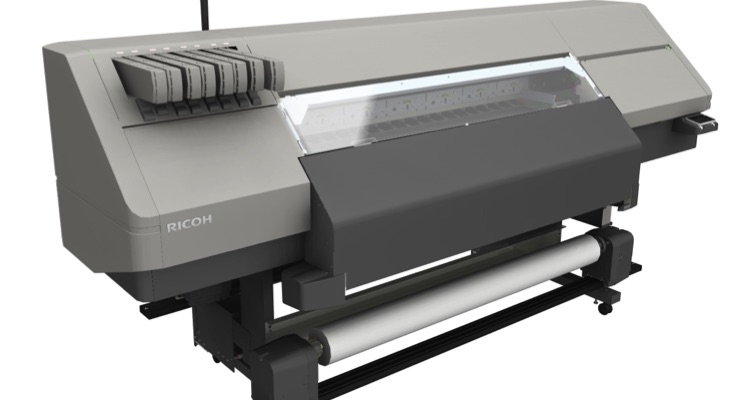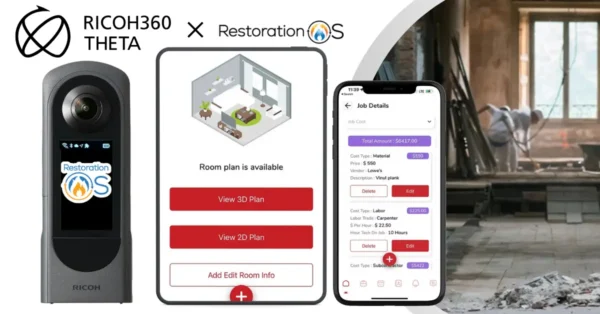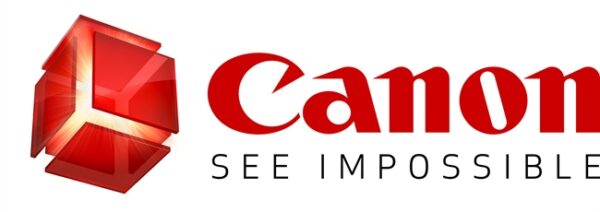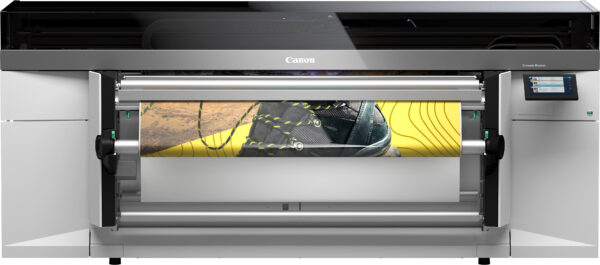And the gross margins aren’t too bad either.
More than a few office technology dealers already sell wide format machines that print sheets 24 to 60 inches wide. Termed wide or large format, these machines are one of the easiest ways dealers can diversify their offerings and revenue streams. According to the market research firm IDC, some 70,000 wide-format printers are sold yearly spanning roll-to-roll and flat-bed models with different print speeds, widths, and types of ink.
Here’s the hook for dealers: You can save customers money if they buy wide-format printers from you instead of contributing to the profits of a local print shop. There’s a nice revenue stream for dealers, too. (See the “Run the Numbers” sidebar.)
Vendors primarily target commercial printers resulting in many machines that are more appropriate for that audience than customers of office technology dealers. This hardly excludes dealers from taking a walk on the wide format side. Vendors offer wide format printers that any dealer can profit from.
“Tallying up the cost of outsourcing versus having a wide format printer onsite can show customers a positive ROI,” said Epson’s Jacob Hardin, product manager for professional imaging. The onus is on dealers to educate customers about the value of having wide format in house.
Plenty of Options
Aware of the opportunity, vendors have printers aplenty, with a growing selection that prints up to 24 inches wide. But for vendors or dealers, the real profits aren’t in the hardware. “The money is in ink sales,” observed Brian Balow, vice president for graphic communications at Ricoh.
The more customers print, the better it is for dealers. To augment the ink, all vendors say dealers should provide consulting services that encourage printing and help customers maximize the value of their wide format printer.
Many of the wide format devices rolled out in 2023 were refinements of existing machines, albeit with new printheads, ink types, or software. The level of technology-sharing and re-branding among vendors has increased. Expect more new offerings throughout 2024.
- Canon has a wide range of wide format devices. As is the case with other vendors, many of its 24-inch models can be placed on desktops and used as traditional MFPs. Many are part of Canon’s imagePROGRAF line.
- Epson, totally committed to inkjet, offers more inkjet printers than you can throw a box of ink at. Like other vendors, its wide-format machines start at 24-inches. The company’s SureColor series contains printers for just about every need imaginable.
- HP has one of the widest lines of wide-format machines, beginning with its DesignJet models. This line includes CAD plotters (frequently a full-color application these days) and expands to graphic/photo printers.
- Konica Minolta offers its AccurioWide UV inkjet printers, as well as models from HP’s DesignJet and PageWide lines. Konica Minolta’s latest offering, the AccurioWide 250 2.5M, was launched last year at the ISA Sign Expo show. Its UV ink and LED lamps allow use on a wider range of media while saving energy, time, and costs. Although not necessarily a machine dealers would sell, this device may indicate vendors are shifting to UV as it becomes amenable to more applications.
- Ricoh’s wide format printers are sourced from EFI, Epson, and Roland. This has been the case for some time and ensures that Ricoh can provide some of the most capable wide format printers on the market. The latest from Ricoh is the Pro30h Wide Format LED Hybrid Printer from EFI. This big machine is not one dealers are likely to sell, but its capabilities may bode well for the future due to the trickle-down nature of technology.
“Dealers tend to offer lower-end roll-to-roll products because the acquisition price for the customer is low and most of the service training and support is relatively easy,” said Dino Pagliarello, senior vice president for portfolio management and planning at Konica Minolta.
Markets of Opportunity
Wide format printers can be an excellent fit for schools and colleges, retailers, law firms, government offices, and advertising/marketing agencies. These customers should buy from a dealer instead of from Amazon or big box retailers, which offer zero support.
Software is increasingly important, with workflow and color management as top focus areas. Some wide-format machines copy, scan, and print, like an outsized MFP, adding capabilities customers may find appealing. “Multifunction wide-format printers enable files to be scanned, copied, and modified,” said Epson’s Hardin.
For instance, a single set of engineering or architectural plans may require 40 sheets with several sets required. Changes made to four sheets can be quickly updated, printed, and delivered. Such fast turns can prove difficult for quick or commercial printers, but a customer with a wide format printer can handle them in minutes. This is a compelling value that does not have a big price tag.
Revenue by the Foot
Wide format printing in retail environments is charged per square foot, a price combining paper, labor, ink, and equipment costs. Substrates span basic 20-lb. stock to photo paper to Tyvek on rolls 150–500 feet long. Encourage customers to keep extra inks and rolls of substrates on hand. Remind them that new rolls or inks will not be in stock at Staples, making your ability to provide ink or a roll of substrate an advantage.
Although service requirements tend to be minimal, thorough training of salespeople and service techs is still essential. All vendors offer comprehensive training, usually supplemented with online learning opportunities.
Customer training also starts early. “Educating customers on the operation, applications, and upkeep during the sales cycle reinforces your value as a trusted advisor,” noted Ricoh’s Balow.
Defining Customer Needs
Because machine capabilities vary, it’s not unusual for customers to have a wide format printer in-house while still outsourcing some jobs.
“Jobs requiring 10 or more copies may be better suited to faster higher-end devices,” explained Oriol Gasch, head of large format at HP. “For example, jobs requiring specialty substrates are often best handled by shops specializing in such services.”
Find opportunities in your market by asking questions. “Your own production cut-sheet customers are often more willing to share needs and challenges,” suggested Ricoh’s Balow. Begin a conversation using some of the following questions:
- How often do you need prints larger than 13” x 18”?
- On average, what size are the larger prints you need?
- How and where will these prints be used?
- What type of finishing is required?
- About how many prints do you usually need at a time?
- Do the prints need to be color or black and white?
- If you outsource wide format printing, how much do you pay per print?
- How much time does this require?
- How much labor or other costs are involved beyond printing the large sheet?
- Would you print this size more often if it was more convenient or more cost-effective to do so?
Go Wide Format or Stay Home
Once suitable only for viewing from a distance, wide format machines now deliver crisp text and sharp images that look fine at a normal reading distance. Diversifying the range of printing systems your dealership provides increases your dealership’s value proposition and may provide a competitive advantage.
Any customer regularly needing more printing real estate than a traditional A3 device provides should consider an increasingly affordable wide format device. Start with customers you know, especially those already outsourcing wide format jobs.
Run the Numbers
“Unlike typical MFP contracts which often include service, toner, and parts, most wide format contracts use a supply-out model, meaning ink and substrates are sold on a cost-per-square-foot basis so customers pay for only what they use,” explained Konica Minolta’s Pagliarello.
Part of the sale is comparing a new device with how much a customer pays for wide format prints, which are measured by the square foot. For example, a 3 x 4-foot sheet is 12 square feet and may bear two or more images. Retail pricing ranges from about $2 to $15 per square foot, depending on the type of printer and ink, the number of colors required, and the substrate.
The numbers for a low- to mid-range device can work like this. Assume customers buy ink and substrates from you and that service agreements are in place.
- A machine consumes $2,000 of ink and media annually. A gross margin of 30% generates an annual gross margin of $600.
- A $1,000 annual service agreement with a 50% margin generates $500.
- Together, the annual gross margin is $1,100 per machine.
- If you sell three machines monthly for five years (36 machines x 5 years), you will also provide ink and substrates for 180 machines.
- Five years out (assuming all your customers stick around), the annual gross margin is $198,000 on ink and substrates.
Add your margin on the printer and replacement items like printheads, and take it to the bank.





